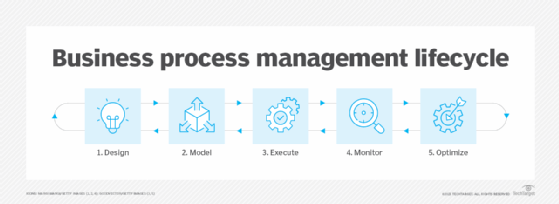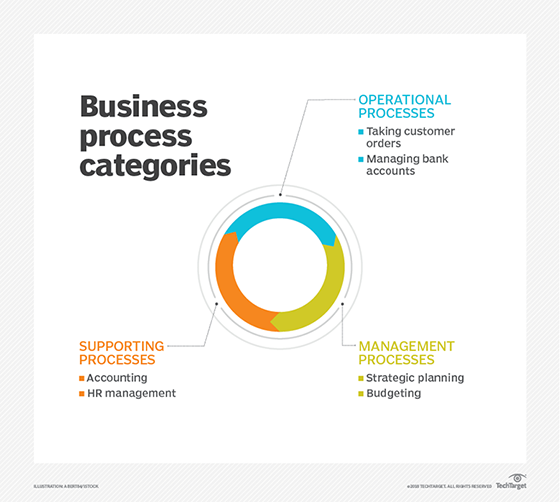Business Process Modeling Language (BPML)
What is Business Process Modeling Language (BPML)?
Business Process Modeling Language (BPML) is an XML standard metalanguage used to outline business processes in an easy-to-understand way. It could cover all parts of a business process such as transactions, exceptions, data flows, scheduled events, roles and security. It was superseded by the Business Process Execution Language (BPEL) and was eventually totally replaced by Business Process Modeling Notation (BPMN). Many of its process flow standards were used to enrich the later Unified Modeling Language (UML) standard.
What is the purpose of BPML?
BPML was designed as a complete language capable of expressing any business process. These processes could be expressed as both a high-level block diagram and as XML standard code. This allowed programmers, executives and business analysts to understand and collaborate on the processes.
BPML is focused on web services, with a structure that focuses on specific activities. Simple activities are predefined functions such as assign, call or transfer. Complex functions can be built by combining simple activities.
BPML code can be entered into Business Process Management Software (BPMS) systems and be directly implemented.

History of BPML and its relation to other standards
BPML was first developed by the Business Process Management Initiative (BPMI) in 2000 and formally published in 2001. It was not widely implemented in existing business process management engines because the simpler BPEL was favored. Following the merger of BPMI and the Object Management Group (OMG), another standards organization, BPML was formally deprecated for the more complete BPMN in 2008. BPEL is no longer actively used, but its legacy as one of the early XML metalanguages for business processes established the usability of these standards.
BPML and BPEL are separate languages that can express similar processes. They can both express web service interactions with XML code. BPEL4WS (BPEL for web services) was simpler to implement and was thereby used by several business process applications, such as Microsoft BizTalk server. In comparison to BPML, BPEL could not express all operations and would need helper web languages to fill in some of the missing functionality.
BPMN formally replaced BPEL as a standard as both methodologies played a similar role. Both standards support using both XML code and a graphical flow diagram notation.
UML incorporates many of the ideas in BPML, such as process notation. UML was designed to only generally model software structure and flow, it cannot be directly implemented by a system as executable code like BPML can.

Business Process Master List for SAP
Business Process Master List is a completely distinct entity compared to Business Process Modeling Language (BPML). Since both can be used in a business process context they can be easily confused. Business Process Master List is an SAP standard chart that helps define an entire project to guide implementation. It defines scenarios, business processes and transactions in the form of a Microsoft Excel chart.



